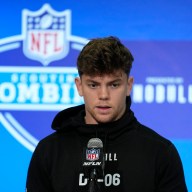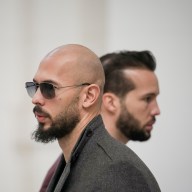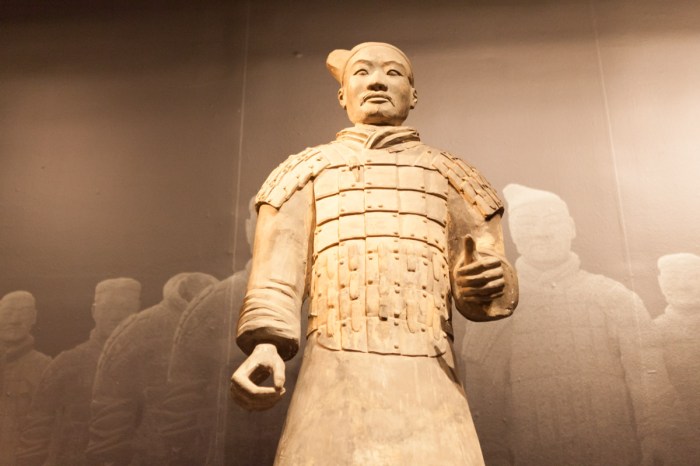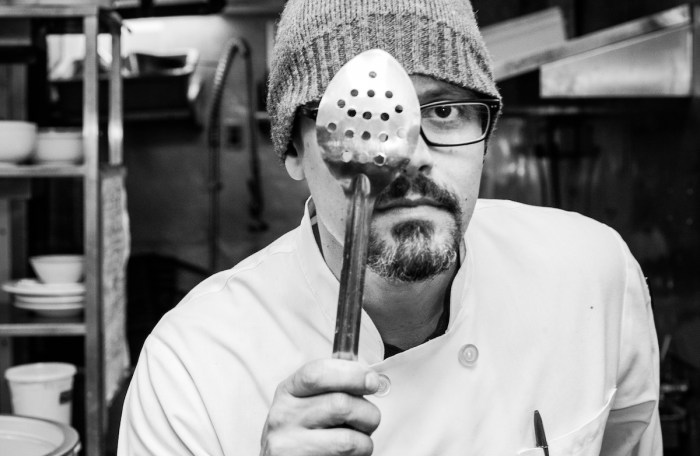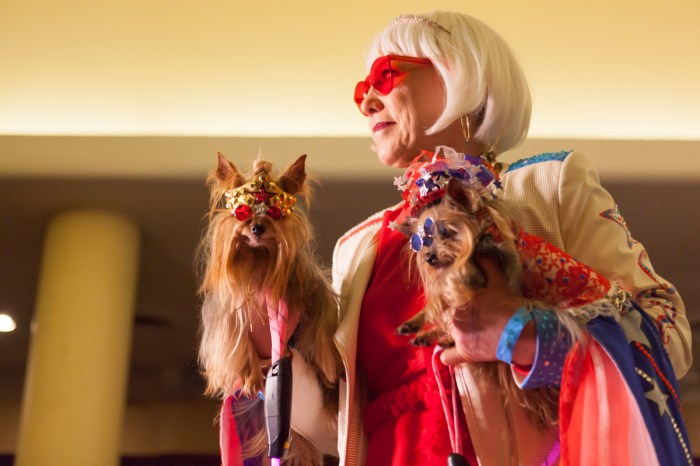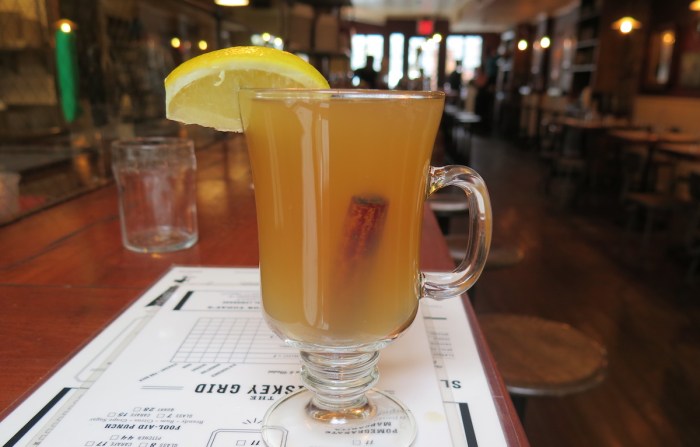Origin stories have been hot since “Wicked” took over the bestseller lists. But that wasn’t a Disney production, and while “Maleficent” was a good effort at a darker origin story, there’s definitely plenty more material to mine in Disney’s movies – if they’re willing. Disney announced two upcoming origin myth projects recently. First up will be Prince Charming from “Cinderella” getting a live-action film.Ho hum. He’s done more than most Disney princes in trying to track down Cinderella after the ball, but what else was he doing? Sitting in his big castle judging an endless parade of eligible matches, then probably angering his parents in choosing a peasant girl who conveniently has aristocraticroots? The Genie from “Aladdin” has more promise, but we don’t know if Walt Disney Studios is the one to tell the honest truth of his sordid past. We picked five characters whose backstories are just waiting to be turned into movies, from quiet indies to provocative period pieces.
Designing a superhero’s costume is half science, half art. But a younger Edna as the haute couture-wearing bookworm who could stitch a welt seam precisely timed to a centrifuge cycle would be too simple. Though she was practically born with a measuring tape in her hand (insert adorable Pixar animation of a newborn Edna wrestling the swaddling blanket away from the nurse to tie a cuter bow), her love of fashion and passion for materials science came much later. Though a focused and exemplary talent in fashion design school, she struggled to find her niche after graduation. Her looks were too severe, beloved on the catwalk but only bought by uniform companies. Then one day a lab tech brings in one of her coats, saying she wants to make it unique. They become friends, and Edna becomes curious about the various materials left on the cuffs and inside the pockets of her coats. Turns out, she’s working to design safer clothes for people in dangerous jobs, and Edma’s knowledge of stitching and structuring fabric comes in just as handy as the substances it’s coated with. Through their friendship, Edna’s style becomes more playful and colorful, gaining the attention of the superhero community. Ta-da! A Bechdel test-friendly adventure about girl power and teamwork.
Let’s be real here for a second: Cinderella has a Fairy Godmother, and the only time she made herself known to her was for a single night to spot her some designer duds and a ride to a fancy party? There’s something else happening here. How does a peasant girl have a magical relative in the first place? She probably doesn’t, otherwise she at least would’ve been taken in by them instead of left to live with her cruel stepfamily. (At least Harry Potter’s terrible relatives afforded him some powerful magical protection.) No, the Fairy Godmother wasn’t always a fairy, or perhaps even a godmother. She was a neighbor or close family friend of Cinderella, who watched this lovely girl grow up but wasn’t in a position to help after her father died. So, she did the only thing she could: made a bargain to help Cinderella change her life. It didn’t even have to involve a magical being for Disney currency (you know, a voice, years of life, etc.). Nothing that happened in “Cinderella” couldn’t have been accomplished without slipping a little LSD into the well to make them think the mice turned into footmen and the pumpkin into a carriage. How else do you explain the fact that the left-behind slipper didn’t change back or disappear? Does the fact that the big night didn’t end in true love’s kiss mean the “Fairy Godmother” belongs to whoever orchestrated the deal, despite its ultimate success? We’ll leave that up to whoever the studio finds to direct this emotional trainwreck. Hidden in a cave, only able to be retrieved by a righteous man who doesn’t care for gold — whoever used their wish to make that enchanted Rube Goldberg machine must’ve had some taste of what Genie could do. Perhaps the Agrabah desert was the collateral damage of a prior master’s megalomania? Or maybe, Genie wasn’t always bound to a lamp at all. Maybe he was called Loki on another continent, or Kokopelli to the Native Americans, a trickster with unlimited power and no scruples at all, until one day he messed with the wrong shaman, who gave him a moral code and enslaved him to help the same humans he’d toyed with. Think about it: Genie does have a fabulous sense of humor despite spending millennia in that lamp, and seemingly arbitrary rules about murder and love. We want to see the rise and fall of Genie, then the things, petty and monstrous, he was forced to do before Aladdin came along. For having a movie named after her, we sure didn’t find out much about Mary Poppins. England is chockablock full of strange things, from driving on the left to Stonehenge, but a magical nanny who flits about on the wind surely must rate some level of suspicion. Where did she come from? Why does she use her considerable powers of cheeriness and musical talent in the humble service of nannying? Our bet: She’s really Pandora, working to spread her sunny disposition to make up for the dark things she unleashed on the world.
Morality tales tend to have a message for both the person who obviously needs to learn something, and the mentor. Ever think that perhaps Pinocchio wasn’t the only one being tested by the Blue Fairy? Jiminy already had a boatload of personal style, but that doesn’t qualify him to be the voice of reason in a little boy’s ear. Maybe he wasn’t so good at resisting the temptation of exciting-sounding adventures either, and guiding Pinocchio was his chance to find his own way. It could be the fun, animal-centric version of “Sister Act”: Maybe he was a lounge singer or a crooked gambler and got one chance to make things right.
5 Disney characters whose stories are too interesting for Disney to tell
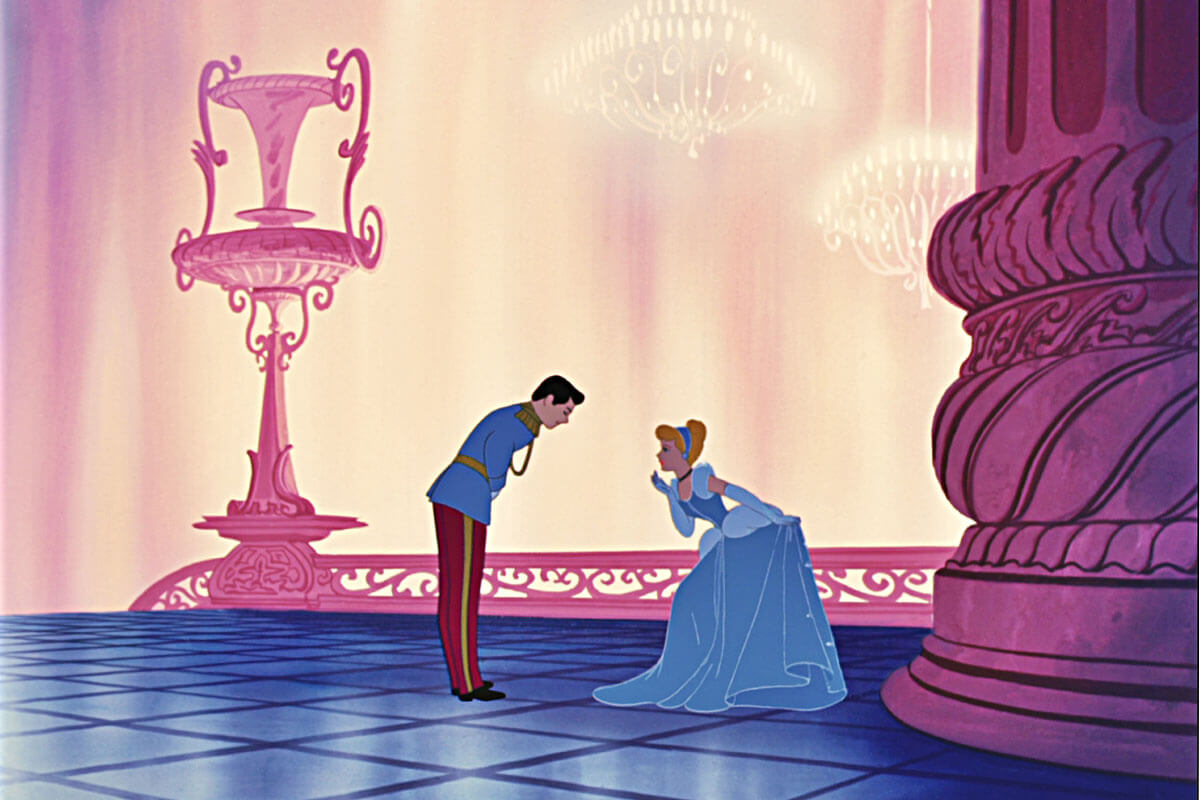
The Walt Disney Studios




